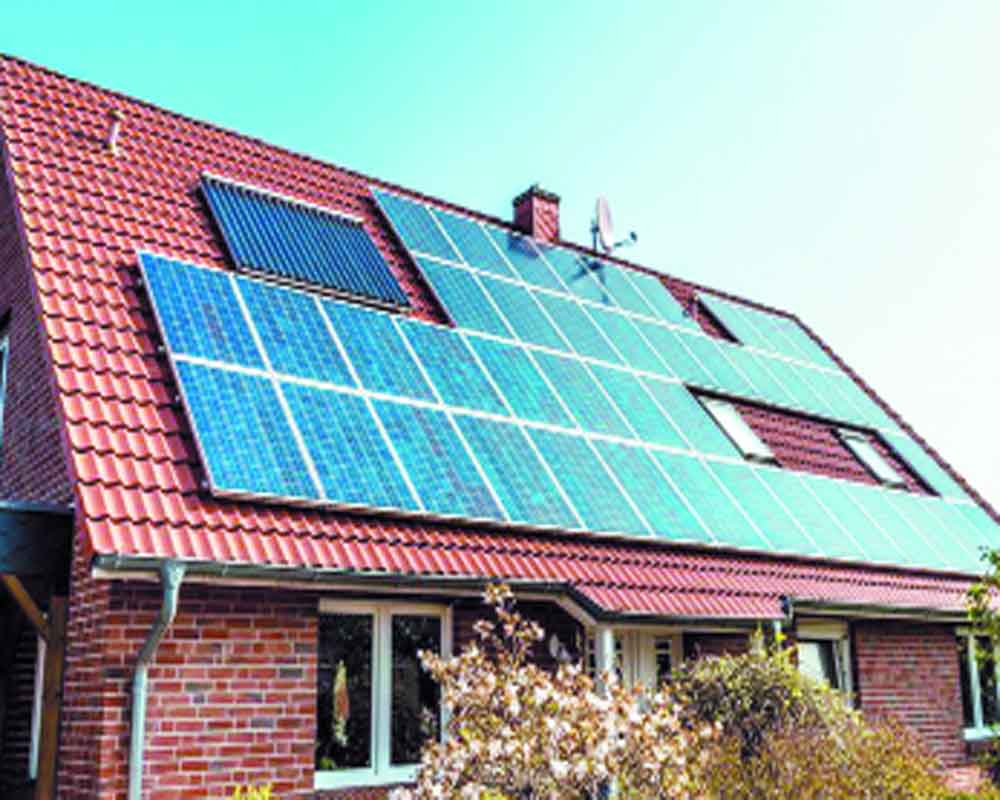Architects must consider sustainability right from the conceptualization stage, which may even call for them to redesign their policies to accommodate the associated concerns. Story by Mitu Mathur
One of the biggest questions raised in the construction industry is how rapid urbanisation is changing the face of mass housing in India. This also raises the issue of the importance and validity of sustainable solutions and makes evident the need for architects and planners to integrate them within the policies that promote development. We cannot lose out on an opportunity to create a better future for the coming generations — an issue of prime concern today. It is crucial that developers as well as architects consider sustainability right from the conceptual stage and maybe even redesign their policies to accommodate sustainability concerns within them.
If we consider some facts, 590 million people live in Indian cities, which is twice the population of USA in the near future. Around 91 million urban households will be middle class, which is 22 million higher than today. Sixty-eight cities will have the population of one million plus which is 42 more than today, while Europe has 35.
This implies that 700-900 million square meters of commercial and residential space will need to be built to accommodate these figures. This is another way of saying this is that a new city the size of Chicago will have to be built every year. Studies from around the world show that denser cities actually produce a lower demand for energy, indicating that India’s urbanisation has the potential to help, rather than hinder the efforts to cut carbon emissions. One of the reports from McKinsey & Company states that India’s urban awakening is because of building inclusive cities, sustaining economic growth — 2030.
In India, in 2005, the total land use in million square feet was below 20,000; while at the current rate of growth, the expected total land use by 2030 is believed to be 1,00,000 million square feet. Out of this, a major chunk, about 69,830 million sq ft are going to be consumed for residential spaces as opposed to the 16,300 in 2005, demonstrating an increase of about five per cent. The commercial sector, which used about 2,900 million square feet in 2005, is expected to see an increase by almost eight per cent, increasing their usage to 20,000. The hospitality industry is expected to see an increase of almost 10 per cent, thus changing 730, the figure in 2005, to 7,909 in 2030 and the retail industry to increase from 930 million square feet to 6,428 million square feet, an increase of about eight per cent.
The key stakeholders in the development process are builder/developer, architect/ consultant, local government authorities, buyer/end-user, and construction labour and project management team. All of them have to consider the environment being affected as beneficial to all.
In this aspect, the Noida authorities are encouraging sustainable practice policies by providing five per cent additional floor area ratio (FAR) for free, to achieve at least Gold certified LEED rating or equivalent IGBC rating. In the last six months, layout plans of around 20 buildings that have been designed completely on the green concept have been approved by the Authority.
The key features of green development are
Energy Efficiency
Solar Passive Architecture
Sustainable Site Development
Efficient Water use
Waste management
Indoor Air quality
Effective use of material resources
Balancing these key elements will help in social and physical wellbeing of all.
(The author is the director of an architectural design and engineering firm.)
Writer: Mitu Mathur
Courtesy: The Pioneer








 OpinionExpress.In
OpinionExpress.In















Comments (0)